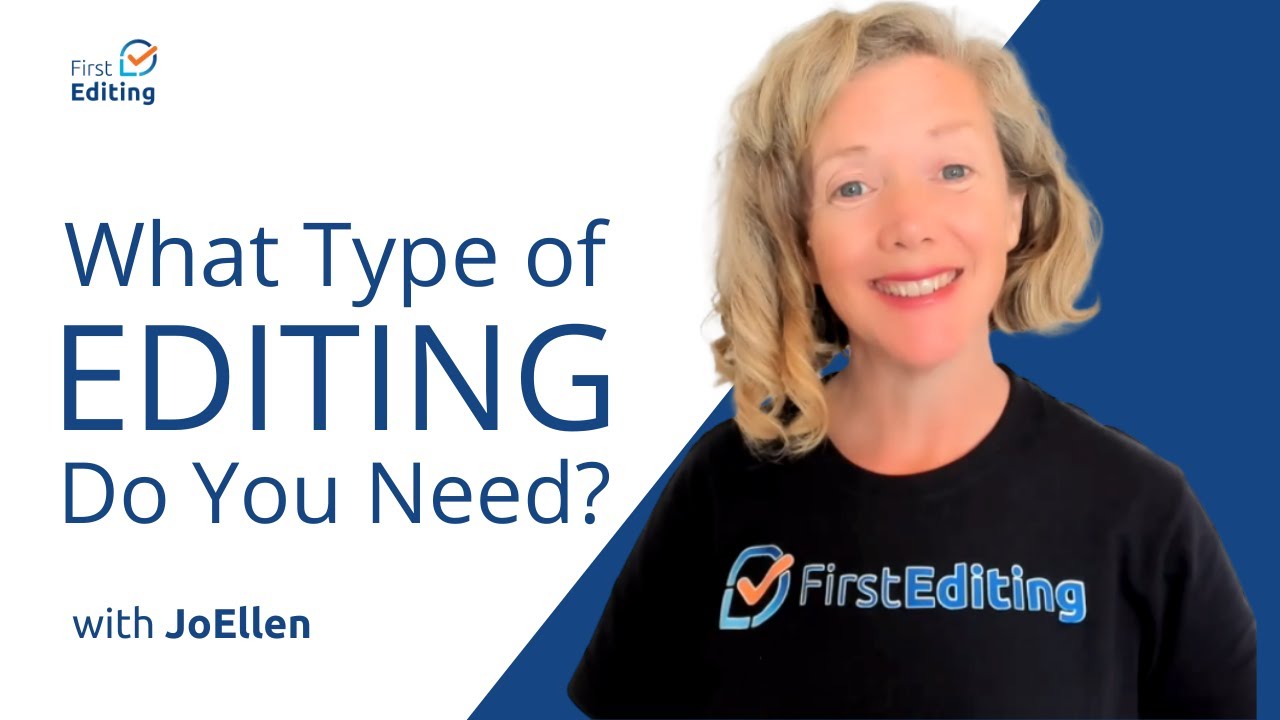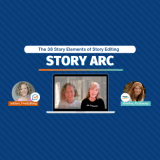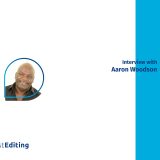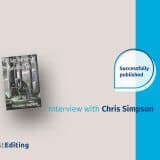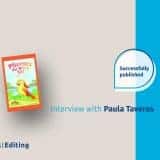
Proofreading the format and style of an academic essay are two of the most important factors on which you can focus your energy. “Style,” in this instance, refers to the citation style used for the discipline in which you are writing. Higher education uses various style manuals. So, it is important to be certain which style manual your instructor, department, or assignment requires. If you are submitting your essay for consideration to a publication, it is important to adhere to the style guidelines of that particular publication. If you are ever uncertain which style manual you should be using, take the time to ask, because it can prove invaluable to use the correct style from the start.
Proofreading an Academic Essay for Format and Style
The Modern Language Association (MLA) and the American Psychological Association (APA) are the most common style manuals used in higher education. MLA style is commonly used in language, literature, and other humanity disciplines. Social sciences and general disciplines use APA.
At times, there are more specified areas that have their own manual that includes more discipline-specific rules. Examples include the manuals of the American Political Science Association (APSA) and the American Medical Association (AMA); also, the Council of Science Editors (CSE) and Bluebook legal citation. When others are not specifically referenced, the Chicago Manual of Style (CMS) default style is used. (Note that Turabian style is essentially the same as CMS, with a few minor variations.)
If you don’t have a copy of the particular style manual necessary for your essay, you can easily find information and techniques through a variety of citation resources available on the Internet. Resources for almost all style manuals are available online; Modern Language Association, American Psychological Association, and American Political Science Association, as well as the American Medical Association, the Council of Science Editors, the Bluebook, and the Chicago Manual of Style.
Academic Essay for Format and Style
Publishing in a discipline you’re not familiar with can be overwhelming. It is important to remember that the goal of all style manuals is consistency and clarity in communicating information. Remember that the goal of citation information is to allow a reader to seek out a resource used in your research, so providing the necessary information in the correct format is imperative. Think of your in-text citations and list of references as the “bread crumb” trail left behind for someone else to follow. It can be nearly impossible for a reader to follow your lead if the trail is missing parts.
Proofreading Different Styles
Most commonly, the distinctions that exist among the different styles pertain mainly to issues of overall document formatting, bibliography, and in-text citations. For example, APA requires an abstract of all essays and a specifically formatted titled page, whereas MLA requires neither. Moreover, APA requires that any in-text citations for a reference include the year of publication. In MLA the author’s name, the page number, and year are not included. Another example: the references list in APA is called “References” while in MLA you would title that page “Works Cited.”
While writing an academic essay can seem like the difficult part, conforming to the tedious requirements of a specific style can also seem overwhelming. The most important thing to remember when proofreading your work, however, is to be consistent and rely heavily upon the manual for a particular style. Most manuals provide extensive and detailed examples that you can use to guide you in formatting your work. Format your essay correctly, so your words and message can then become the focus of the piece!
Originally posted 1/1/2011 and happily updated 11/15/2017. Thanks for reading!




